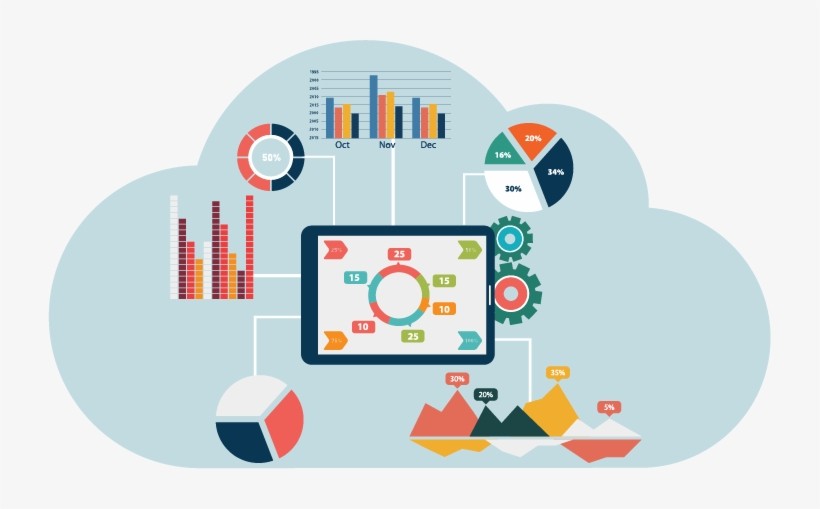About Course
Unlock the potential of data analysis with our comprehensive course in Power BI and SQL. Dive into the world of data manipulation, visualization, and insights generation using Power BI. Learn SQL for data querying, manipulation, and database management. Master the integration of Power BI and SQL to extract, transform, and visualize data for informed decision-making. Join us to become proficient in leveraging data analytics tools for impactful insights.In this course, we will cover essential programming skills like SQL, Excel, PowerBI, ML, and Tableau The course includes hands-on experience with Python, MySQL,Excel Power BI, Tableau.
Skills You Will Gain
Power BI Fundamentals
Data Import and Transformation in Power BI
DAX (Data Analysis Expressions)
SQL Basics
Integration of Power BI with SQL
Data Modeling and Relationships
Creating Interactive Visualizations
Course Offerings
- Instructor-led interactive classes
-
Clarify your doubts during class
-
Access recordings of the class
-
Attend on mobile or tablet
-
Live projects to practice
-
Case studies to learn from
-
Lifetime mentorship support
-
Industry specific curriculum
-
Certificate of completion
-
Employability opportunity

